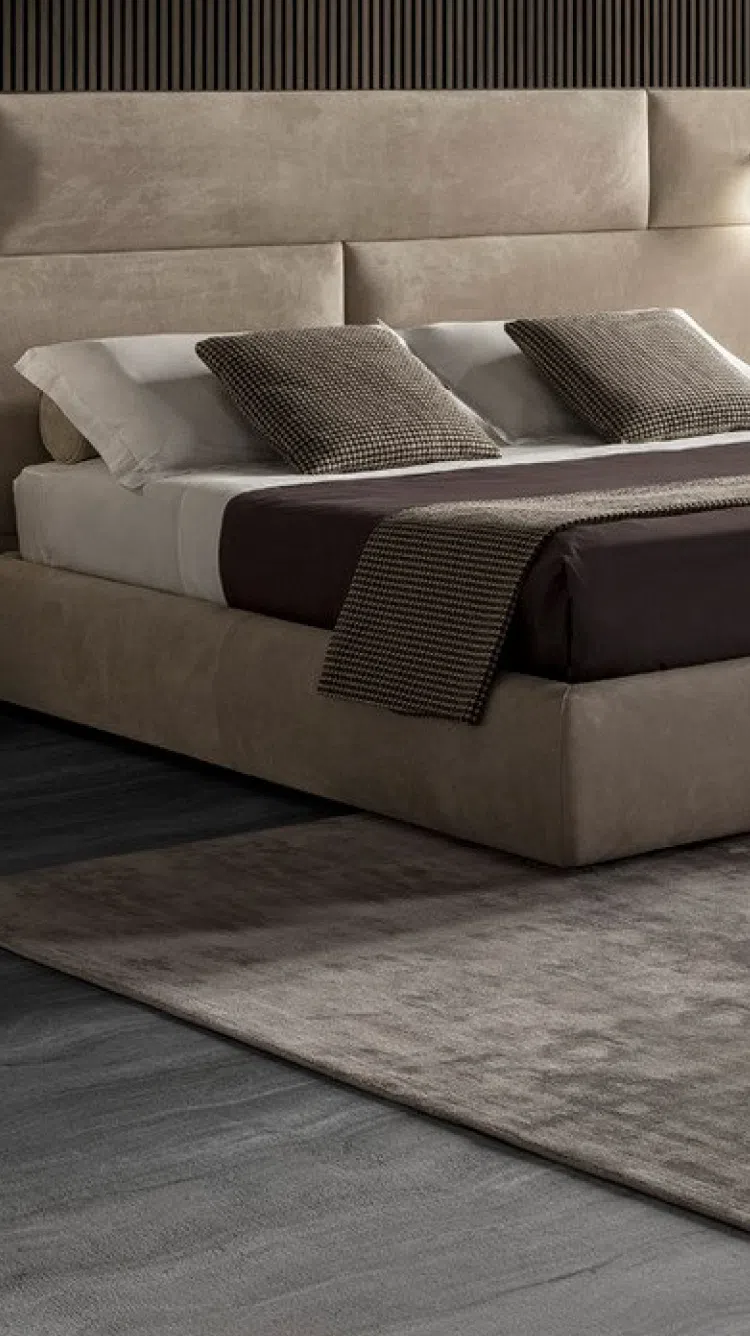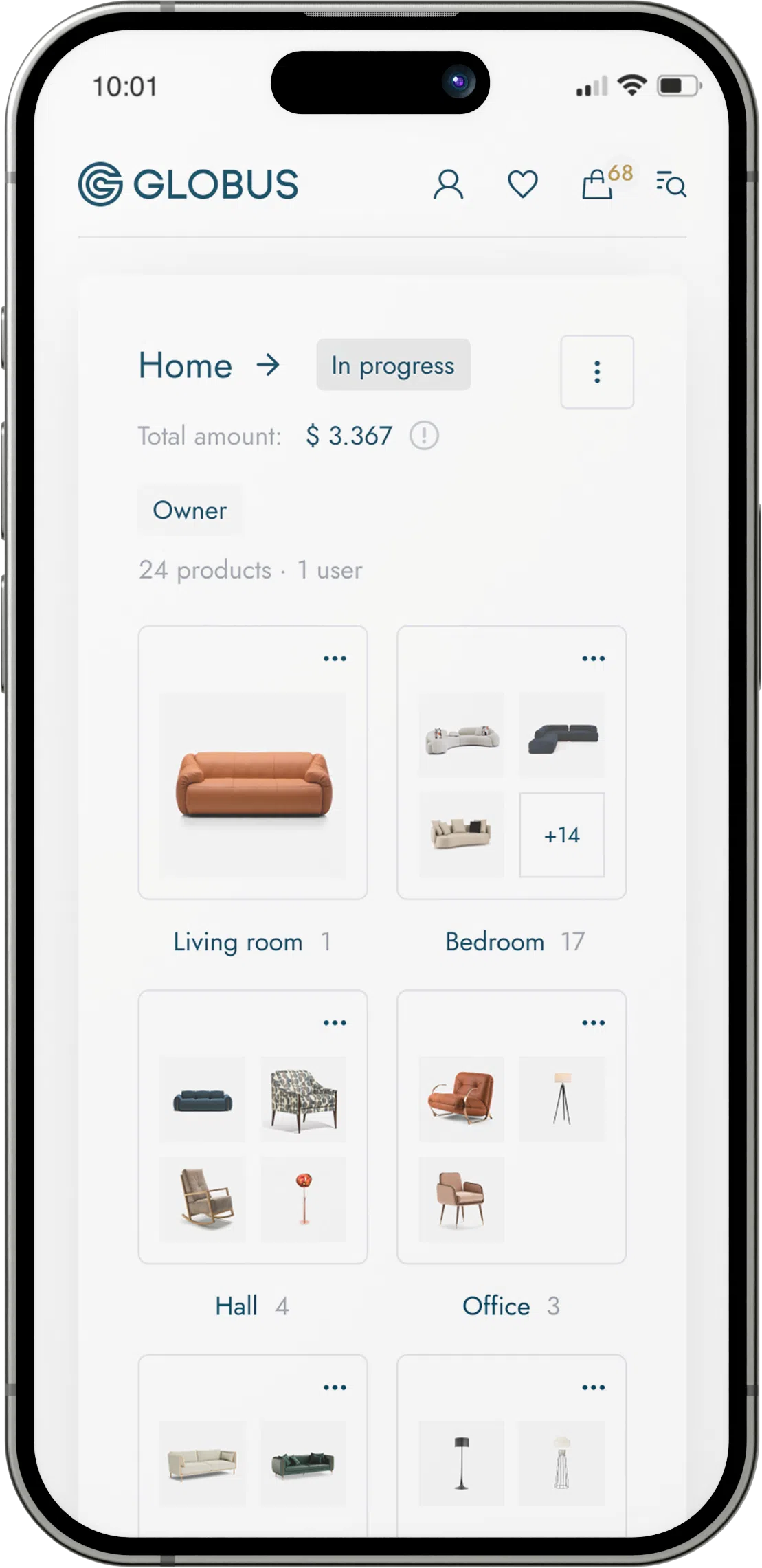
Tin in itself is not commonly used as a primary material in furniture due to its physical characteristics. It is a soft, malleable metal with a silvery-white appearance that does not corrode easily. Because of these properties, it is not suitable for making large structures or components that require significant strength or rigidity. However, tin can be found in furniture in the following ways:
Decorative Accents: Tin can be used for decorative inlays or details on furniture. Its resistance to corrosion and luster makes it suitable for embellishments and ornamental work. Tin can be molded into intricate patterns and used to enhance the aesthetics of wood or other materials.
Protective Coatings: Tin, often in the form of tin plating, can be used to coat other metals to prevent corrosion. This can help to prolong the life of metal furniture or metal components of furniture such as bolts, screws, and hinges.
Solders and Joints: Tin is frequently used in solders for joining metal components due to its low melting point and good bonding properties. In furniture construction, soldering can be a method to fasten metal parts together.
Tin Tiles: Pressed tin tiles might be used for decorative ceiling panels or as a decorative skin on furniture. These tiles can bring a vintage or retro look and are particularly associated with period decorative styles.
Pewter: Tin is a major constituent of pewter, which is an alloy typically made of 85–99% tin, with the remainder consisting of copper, antimony, bismuth, and sometimes, but not always, lead. Pewter can be crafted into knobs, handles, and decorative elements on furniture.
Outdoor Furniture: Although pure tin isn't typically used structurally in outdoor furniture, it may contribute to the material composition of outdoor furniture coatings or as part of an alloy to enhance resistance to weathering.
It is important to note that while tin has its uses in furniture applications, it is not generally selected for structural elements due to its soft and ductile nature. Alternative materials such as wood, steel, aluminum, and composites are preferentially used for the main construction of furniture items for better durability, strength, and support.


